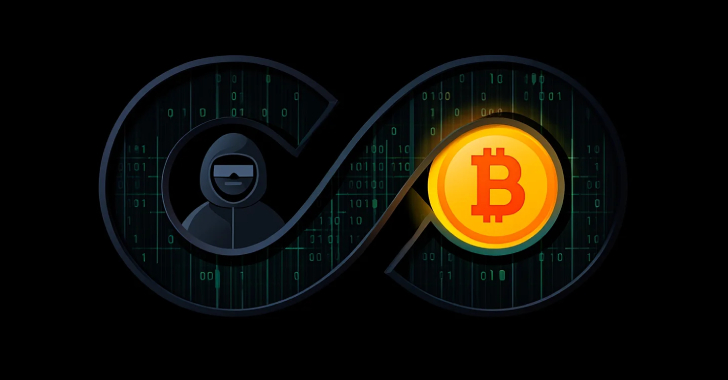
The 12 PCI DSS Compliance Requirements: Protecting Payment Card Data
Introduction
In the ever-expanding digital landscape, securing sensitive payment card data is of utmost importance. The Payment Card Industry Data Security Standard (PCI DSS) is a set of requirements established to protect cardholder data and enhance payment card security. In this article, we explore the 12 PCI DSS compliance requirements and their significance. Understanding these requirements is crucial for organizations that handle payment card information to ensure the confidentiality, integrity, and availability of cardholder data.
- Install and Maintain Firewalls
The first requirement necessitates the implementation of firewalls to protect cardholder data. Firewalls act as an initial line of defense against unauthorized access, actively monitoring network traffic and blocking potentially harmful incoming connections. Maintaining and regularly updating firewalls helps ensure continuous protection against emerging threats.
- Secure Network Configurations
Organizations must maintain secure network configurations by changing default settings, using strong and unique passwords, and securely storing configuration files. Regular testing and scanning of networks help identify vulnerabilities that could potentially be exploited, allowing organizations to address them promptly.
- Protect Cardholder Data
Securing cardholder data is paramount. Organizations must encrypt cardholder data during transmission and storage. Implementing cryptographic protocols and adhering to key management practices enhance the security of cardholder data, rendering it useless to unauthorized individuals even if it is obtained.
- Use Strong Access Control Measures
To ensure the integrity of cardholder data, access controls should be implemented. Each individual in an organization should be assigned a unique ID, and access to cardholder data should be granted on a need-to-know basis. Regular monitoring and reviewing of access logs help identify any unauthorized access attempts promptly.
- Regularly Monitor and Test Networks
Constant monitoring and testing of networks are essential to identify and address vulnerabilities. Regularly scanning for security weaknesses, conducting penetration tests, and detecting and responding to security events help ensure ongoing network security and the protection of cardholder data.
- Maintain Information Security Policy
An organization must establish and maintain a comprehensive information security policy outlining their commitment to protecting cardholder data. This policy should address expectations, responsibilities, and procedures for protecting cardholder data and provide guidance to employees on their roles in maintaining security.
- Restrict Access to Cardholder Data
Access to cardholder data should be strictly limited to those individuals who require it to perform their job responsibilities. By implementing physical and logical access controls, organizations can safeguard cardholder data from unauthorized access, both internally and externally.
- Regularly Update Anti-Malware Software
Protection against malware is vital in securing sensitive payment card data. Organizations must deploy and regularly update anti-malware software to detect and prevent malicious software from compromising systems or exfiltrating cardholder data.
- Develop and Maintain Secure Systems and Applications
Secure systems and applications form the backbone of protecting cardholder data. Organizations must employ secure coding practices, perform regular vulnerability assessments, and address security flaws promptly to ensure the integrity and security of systems handling payment card information.
- Track and Monitor Access to Network Resources and Cardholder Data
Continuous monitoring plays a crucial role in detecting and promptly responding to potential security incidents. By tracking and monitoring access to network resources and cardholder data, organizations can identify any anomalous activities or potential threats and mitigate them before they result in a data breach.
- Regularly Test Security Systems and Processes
To maintain an effective security posture, organizations should regularly test security systems and processes. This includes conducting vulnerability scans and penetration tests to identify vulnerabilities and assess the effectiveness of security measures, ensuring continuous improvement and protection of cardholder data.
- Maintain a Policy to Address Information Security Breaches
Having an incident response plan is critical to mitigating the impact of a security breach. Organizations should develop and implement an information security breach response policy to promptly detect, respond to, and report security incidents. This includes communication protocols, procedures for incident analysis, containment, and recovery, as well as necessary steps for reporting incidents to clients, payment brands, and the appropriate authorities.
Conclusion
Compliance with the 12 PCI DSS requirements is essential to protect payment card data and maintain consumer trust in the digital payment ecosystem. By diligently adhering to these requirements, organizations demonstrate their commitment to securing sensitive cardholder data, reducing the risk of data breaches, and mitigating financial and reputational damage. The 12 PCI DSS compliance requirements provide a robust framework to safeguard payment card data, ensuring the continued integrity and security of the global payment card industry.
Contact Cyber Defense Advisors to learn more about our GDPR Compliance solutions.





